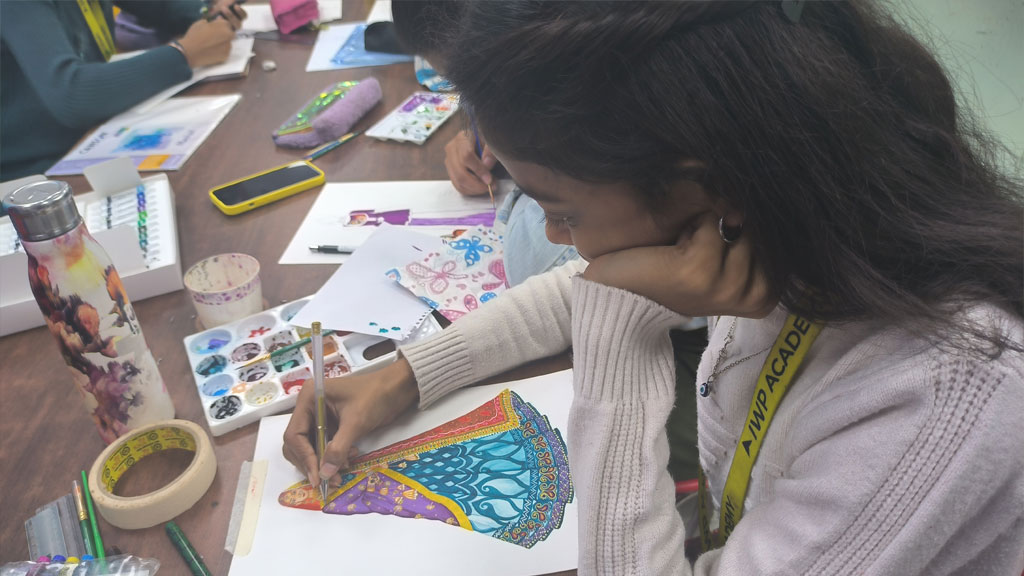Introduction:
Step into the realm of boundless creativity and self-expression with a fine arts course. Whether you are an aspiring painter, sculptor, or mixed media artist, the world of fine arts offers a canvas for your imagination to flourish. In this blog post, we will explore the enchanting world of fine arts courses, from foundational techniques to avant-garde concepts, guiding you on a journey to become a proficient and inspired fine artist.
Section 1: The Foundations of Fine Arts
1.1. Mastering Drawing and Sketching: Begin your journey by honing the fundamental skills of drawing and sketching. Understand the importance of line, form, and shading as you bring your ideas to life on paper.
1.2. Exploring Painting Techniques: Dive into the world of color and texture with painting techniques. Whether you’re interested in oils, acrylics, or watercolors, learn how to manipulate these mediums to create visually captivating artworks.
1.3. Sculpture and 3D Artistry: Embrace the tactile side of art by exploring sculpture and three-dimensional art forms. Understand the principles of form, space, and structure as you mold materials into captivating sculptures.
Section 2: Expanding Artistic Horizons
2.1. Mixed Media and Collage Art: Break free from traditional boundaries by exploring mixed media and collage art. Combine various materials, textures, and techniques to create layered and dynamic artworks.
2.2. Digital Art and New Media: Embrace the digital age by incorporating technology into your artistic toolkit. Learn the basics of digital art, graphic design, and multimedia, opening new avenues for creative expression.
2.3. Art History and Cultural Influences: Gain a deeper understanding of the rich tapestry of art history and how it continues to shape contemporary artistic movements. Explore the influence of different cultures on artistic expression.
Section 3: Choosing the Right Fine Arts Course
3.1. Types of Fine Arts Courses: Explore the variety of fine arts courses available, from traditional degree programs to specialized workshops. Consider your preferred medium and artistic goals when choosing a course.
3.2. Art Critique and Portfolio Development: Learn the importance of constructive critique in the artistic process. Develop a strong portfolio that reflects your growth, experimentation, and unique artistic voice.
3.3. Exhibitions and Networking: Seek opportunities to showcase your work in exhibitions and connect with fellow artists. Networking is a crucial aspect of the art world, opening doors to collaborations and potential opportunities.
Conclusion:
Embarking on a fine arts course is an exhilarating journey of self-discovery and artistic evolution. Whether you are a budding artist or someone seeking to deepen their artistic skills, the key is to embrace experimentation, stay inspired, and let your imagination soar. May your exploration of the fine arts lead to a rich tapestry of creativity that captivates and inspires the world around you!

